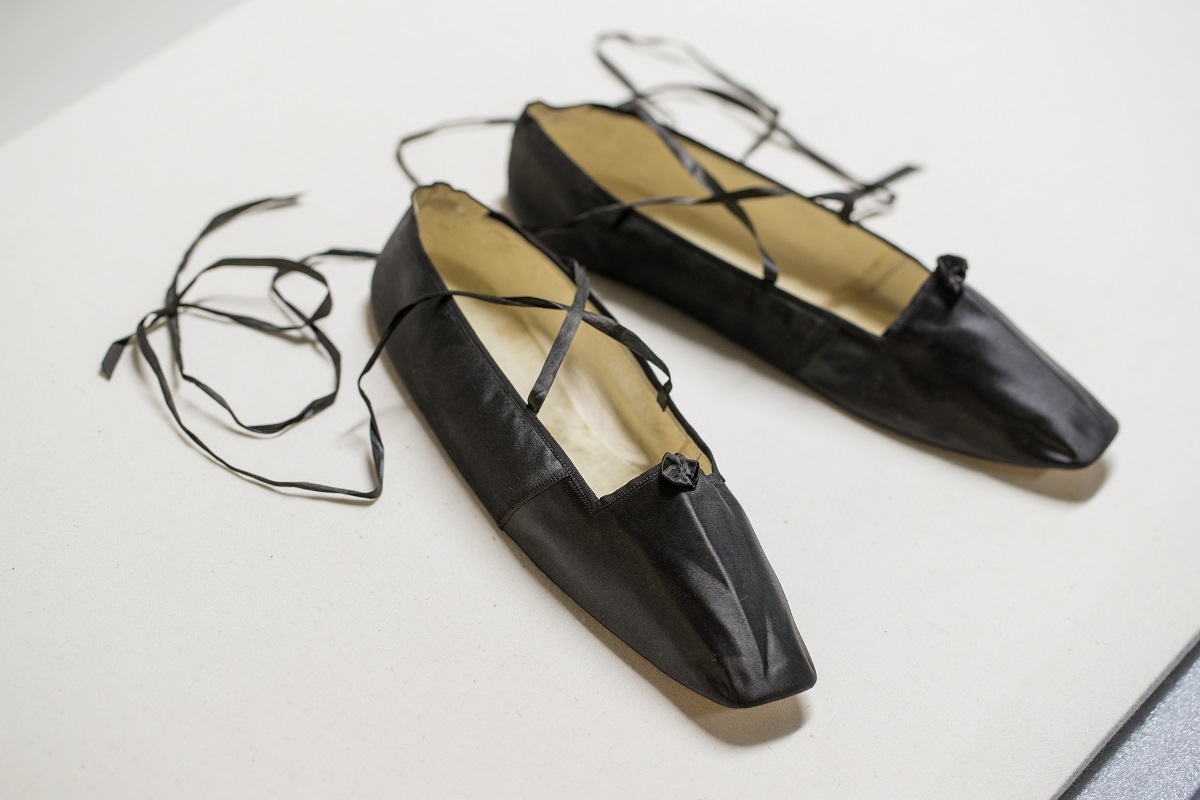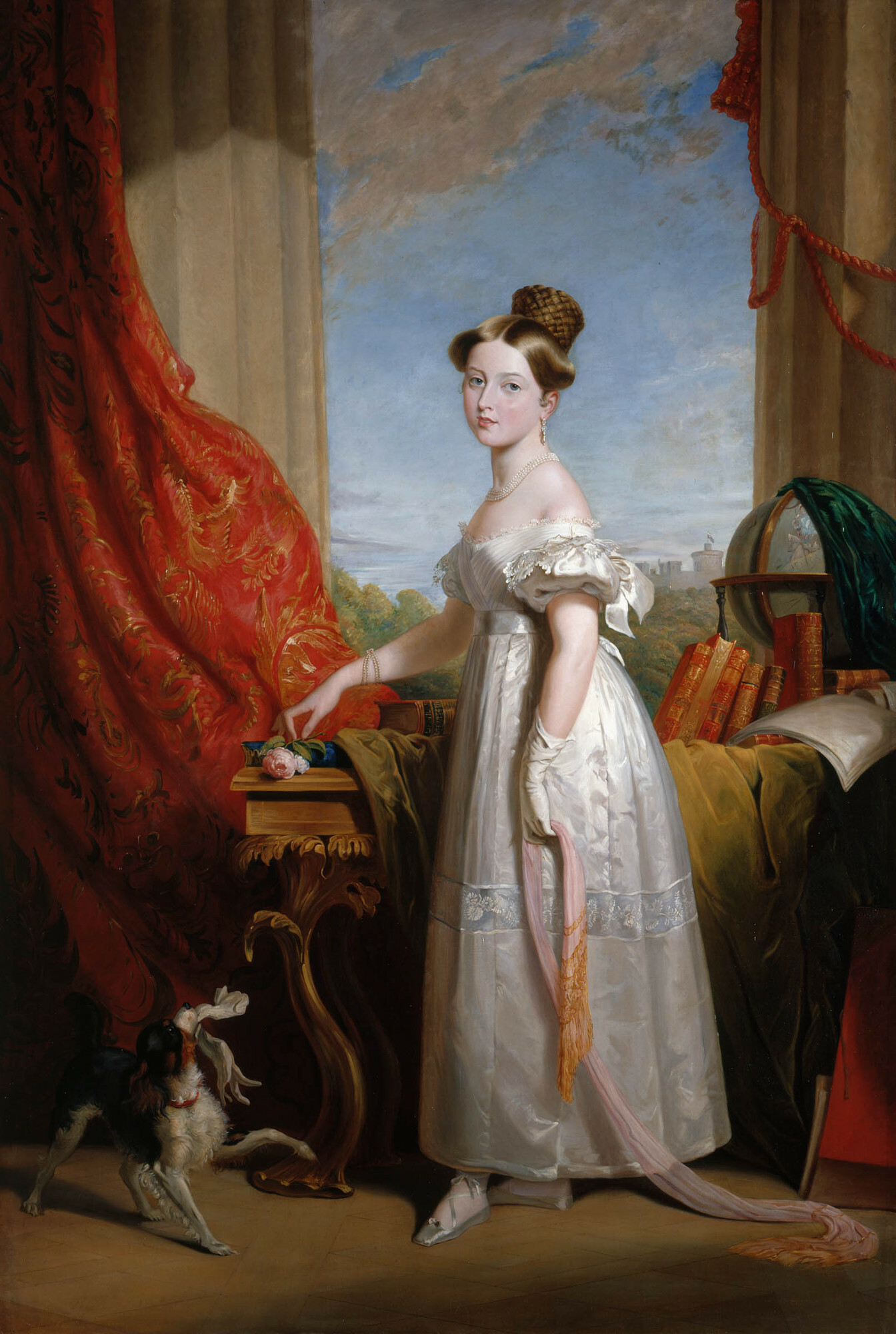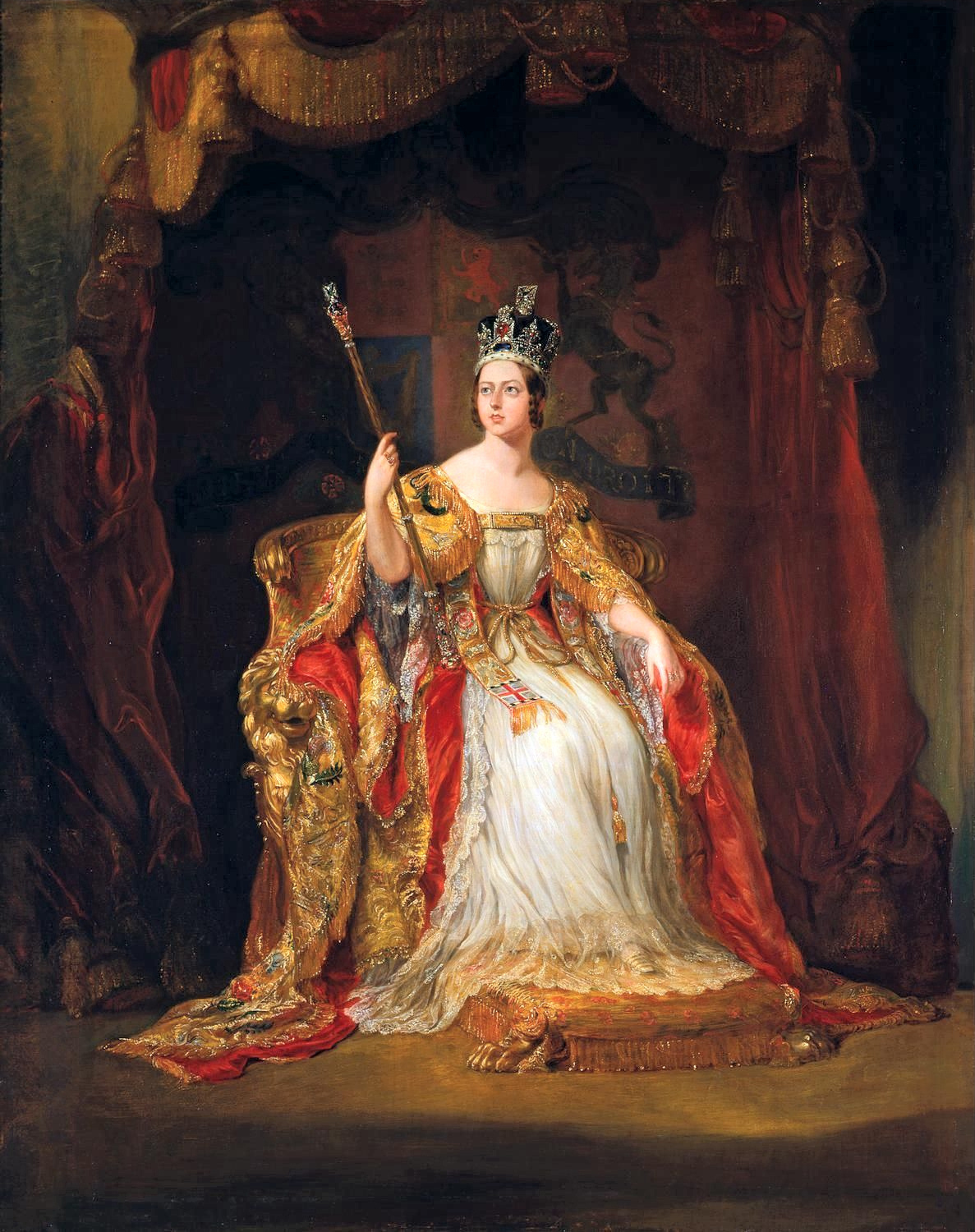Visitors to our Costume Gallery on Level One might notice a small pair of black shoes in one of the cases. Although they look fairly ordinary, the shoes once belonged to one of the world's most powerful women: Queen Victoria.

The shoes were donated to the Museum in 1959, but we don't have any information about how they came into the donor's possession.
Victoria was born on 24 May 1819, exactly 200 years ago, to Prince Edward and Princess Victoria. A month later, her parents christened her Alexandrina Victoria after her mother and her godfather, Alexander I of Russia. At her birth she received the title Her Royal Highness Princess Alexandrina Victoria of Kent, but the world later came to know her as Queen Victoria.
Victoria’s father was the fourth son of King George III. With three brothers already in line before him, it was unlikely Edward would ever be King. However, successors were in short supply. Only one of his brothers had a legitimate child, a daughter named Charlotte Augusta. When she died in 1817, there were no grandchildren to inherit the throne and succession seemed uncertain.
Edward and his brothers saw an opportunity for one of their own descendants to become the monarch – if they ever had any. Strategically, 50 year-old Edward chose a bride who was just 32. Nearly a year to the day after they married, she produced the sought-after royal heir.

Edward died in January 1820 and his father the King followed him a week later. Two of Edward’s brothers reigned during the 1820s and 1830s: George IV and William IV.
As the only legitimate grandchild, Victoria grew up as the heiress presumptive. She was kept under tight control through the Kensington System, a strict set of rules and protocols developed by her mother and her mother’s advisor, Sir John Conroy. From age 5, Victoria’s days were filled with intense schooling and lessons in arithmetic, writing, history, geography, music and languages such as Latin, French and German.
Isolated from other children, she had few playmates and spent much of her time with Dash, her beloved King Charles spaniel. She was under constant surveillance and even shared a bedroom with her mother until she turned 18. The aim was to keep the future queen dependent upon her mother and her advisor Conroy and away from the influence of others. Victoria later described her childhood as "rather melancholy".

Less than a month after Victoria turned 18, her uncle William IV died. At 6.00 am on the morning of 20 June 1837, Victoria was awakened and told she was now Queen. She was crowned a year later in a ceremony at Westminster Abbey that saw a number of mishaps, including Lord John Rolle tripping on the stairs and rolling down them when he tried to pay his respects to her. Sir George Hayter, who had been appointed by the Queen as the royal Portrait and Historical Painter, captured her coronation in oils. Hayter also painted Victoria's marriage to Prince Albert of Saxe-Coburg and Gotha in 1840.

Victoria and Albert went on to have nine children, essentially guaranteeing a smooth line of royal succession in stark contrast to the years before she became Queen. Their youngest son, Leopold, inherited haemophilia, a disease where the blood does not coagulate properly. His delicate health was a constant source of anxiety for Victoria. Further anxiety came in 1861 when the family suffered a number of tragedies. At the beginning of the year, Queen Victoria’s mother died and 9 months later Albert succumbed to typhoid and an untimely death at age 42. With these losses, the Queen retreated into grief and mourning that lasted for 40 years until her death.

Despite withdrawing from public life and isolating herself at Windsor Castle, Victoria’s years on the throne saw the British Empire grow to its largest, ruling nearly a quarter of the world’s people. When she died on 22 January 1901, she was the longest-reigning British monarch, having served as Queen for almost 64 years. In 2016, Queen Elizabeth II surpassed her and can currently claim 67 years on the throne.






